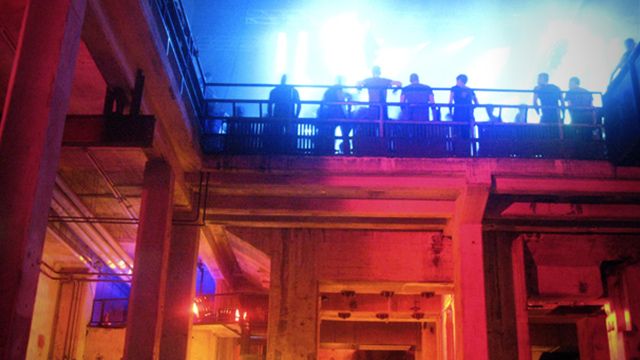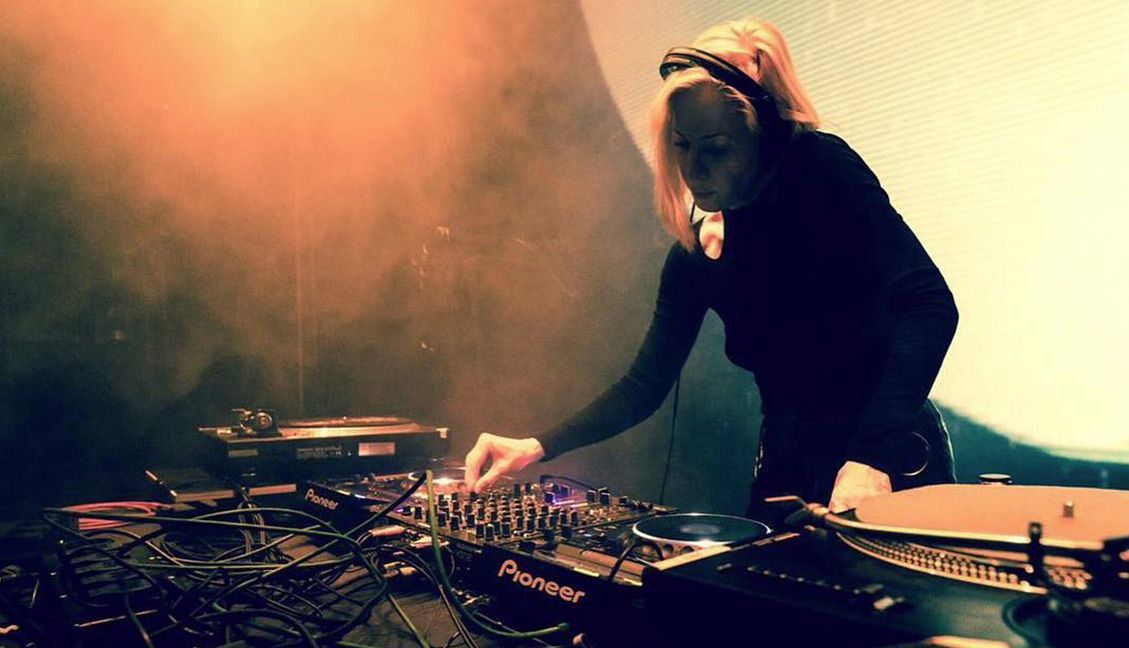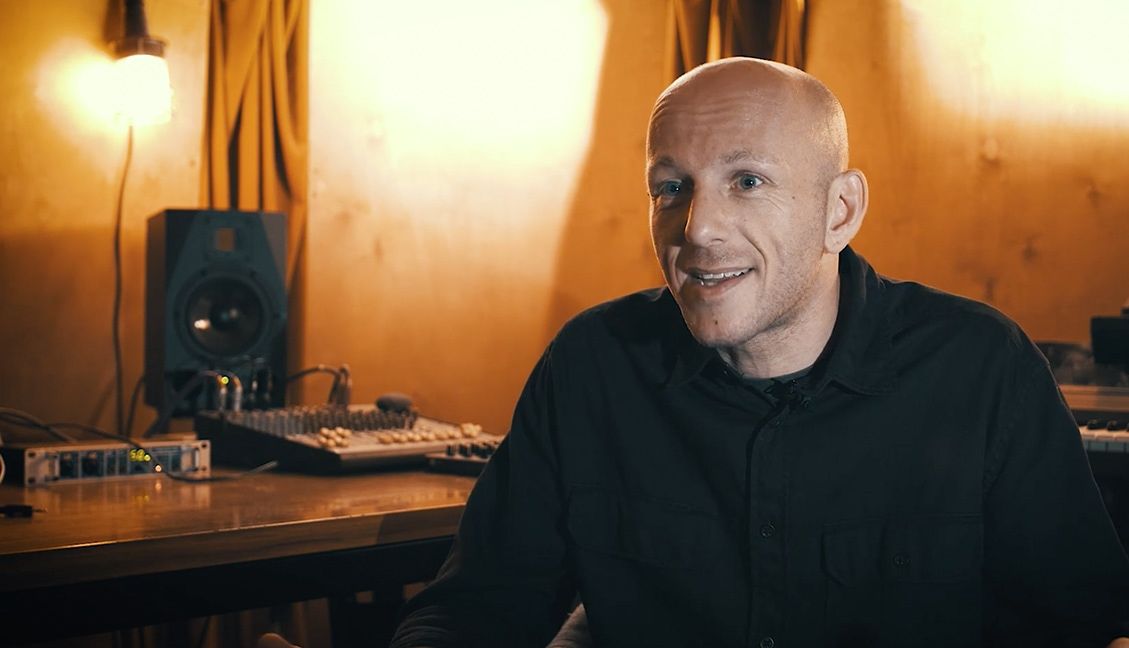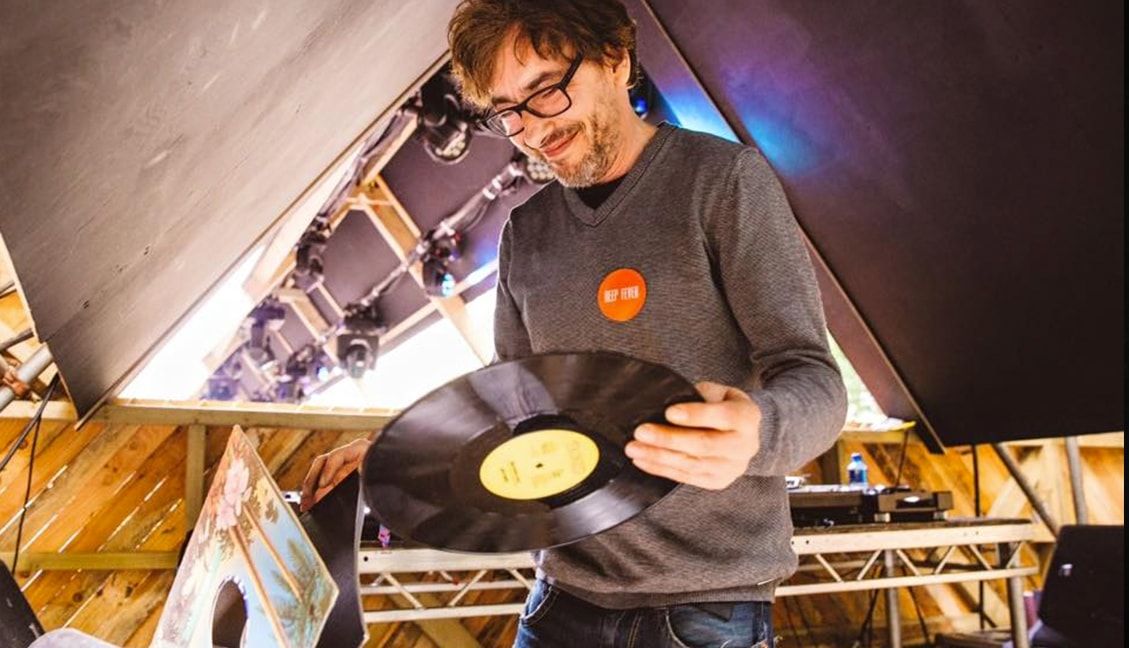If Berlin is the techno capital of the world, Berghain is most definitely its White House. The club has a reputation for its hedonistic spirit and dedication to supporting a vibrant club culture, though several predecessors have helped set the stage for the city’s techno renaissance. From Ufo to Berghain, this is the story of Berlin’s rise as the clubbing capital of the 21st century – a good primer for DJs everywhere.
Early Berlin Clubs: From Ufo to Tresor
Techno’s rise in Berlin is fitting, having just passed the 25th anniversary of the Wall’s fall. Detroit’s auditory vision of the future was the perfect soundtrack for a city undergoing reunification, uniting people across not only East and West Berlin, but also racial, gender and political lines. Achim Kohlenberger and Dimitri Hegemann founded Ufo in 1988, home to Interfisch and the city’s first acid house club, located in a dingy West Berlin basement. The club’s illegal operation was eventually shut down, reopening in secret locations until financial difficulties closed Ufo for good in 1990.
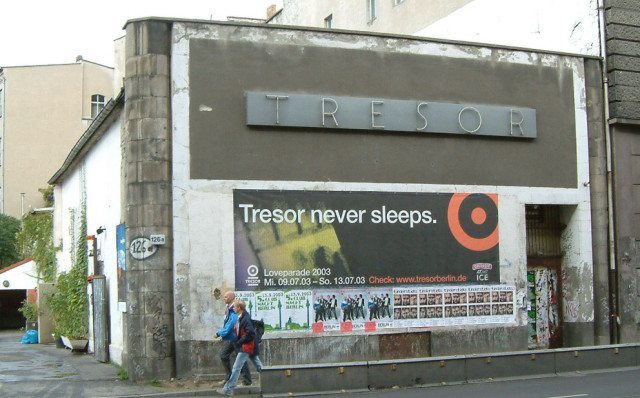
A crowded West Berlin led Achim and Dimitri to Mitte on the city’s east side. In the months before reunification, free-spirited Berliners took advantage of questionable claims over ownership, squatting in abandoned buildings and creating a community for artists and activists. After scouring East Berlin, the Interfisch crew stumbled upon the abandoned vaults of a department store. Surrounded by concrete and steel, they explored the space in silence, guided only by their lighters through the rubble. Despite being damp, derelict and having no electricity, Achim and Dimitri knew this was the place and began renovations on their new club, simply named Tresor; meaning “vault” in German.
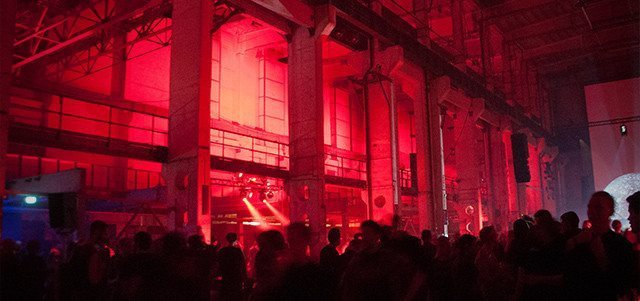
Located close to the Berlin Wall’s former “Death Strip”, Tresor had truly turned the tables on history by attracting a diver mix of people, uniting the gay community and football hooligans alike. The club opened without water, but the acoustics were perfect for a hard-edged sound. It stood in stark contrast to Ufo, which looked more like a disco and played house. Tresor on the other hand was a brutal looking place, with a dark, cavernous atmosphere and booming sound system built for techno. While it took a bit of time for people to warm up to the Globus bar upstairs, walking to the downstairs soon made it clear that this club was a no frills place, dedicated purely to the music.
After The Wall Fell
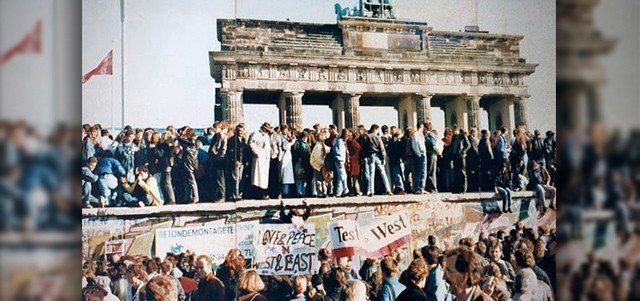
Rising from the ruins of the Berlin Wall came a community-based techno economy, where a focus on self-sufficiency and participation. Prior to the fall, Berlin was primarily a rock city with a strong avant-garde influence. Europe’s rising Free Tekno movement was the perfect breeding ground for rave minded squatters in early 90s Berlin. Looking for bunkers, power stations and hangars, these early ravers were dancing in the remnants of what could have been a lost civilization.
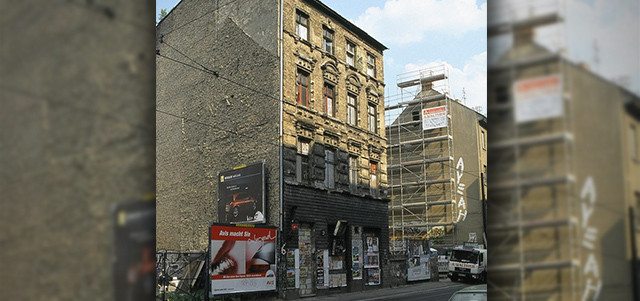
One of the best-known examples is Elmer, located in Mitte and originally squatted by the East Berlin punk scene. Also known as “The Bucket”, this underground club became a hub of experimental art and electronic music, and was even host to members of Spiral Tribe, London’s free party sound system.
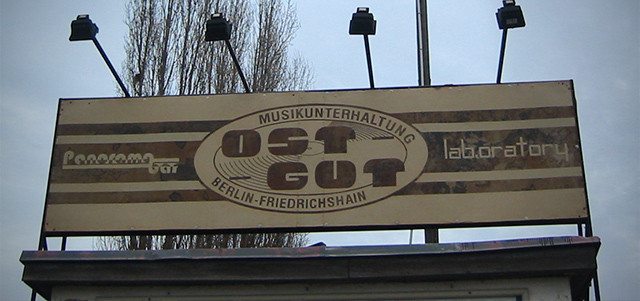
Tresor would close down in 1990, though it did reopen in a new location in 2007. As the decade progressed, clubs like WMF, Planet and E-Work carried a techno scene that was undergoing a cooling down period. The shifting landscape of legal and illegal venues splintered the scene before the 1998 opening of Berghain’s predecessor, Ostgut. The former railway warehouse had an impressively stark look to it and continued the spirit of Tresor with a main floor dedicated purely towards hard techno. The later Panoramabar would have a more accessible sound, featuring anything 4×4 but with a penchant for disco and 80s house.
The reclusive Michael Teufele and Norbert Thormann eschewed sponsors and profit-seeking business practices and instead focused on playing to their sound and community. While it doesn’t exactly look welcoming, Ostgut had an inclusive spirit where no one was to ever feel out-of-place no matter your age, dress or money. The dancefloor would largely be a sea of leather and skin, developing a reputation for hedonism for all. Sadly this came to an end on January 6, 2003 after a 30-hour farewell party before the railway warehouse-turned-club was demolished.
The Rise Of Berghain
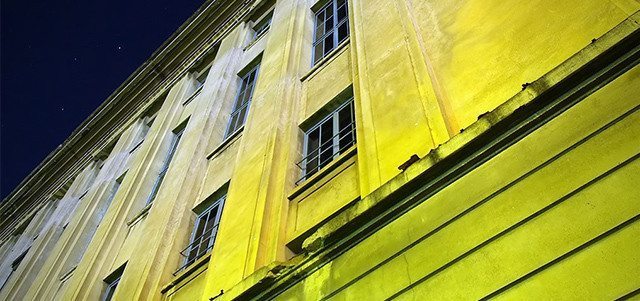
Berghain would open the next year, becoming the de facto capital of techno in not only Berlin, but the world. Its name by now has reached mythical proportions, regularly referred to as the “church” where what can only be described as religious experiences happen. Once a year, the club even holds Holy Saturday, where the venue is reserved for the city’s gay community for a night of decadence in the spirit of Ostgut.
Achieving worldwide fame has had some effect on the club though. Berghain and Panoramabar follow the musical standards set by their predecessors, but the crowd is slightly tamer than in its heyday. Much of the gay community parties downstairs in Lab.oratory, which has developed its own name for debauchery, but while Berghain might have slipped in eccentricity, it makes up in diversity. Age, appearance, sexual orientation, choice of intoxication, it doesn’t matter, you’ll find everyone from tourist couples to ravers to leather daddies.

This is in some part thanks to the club’s fearsome looking doorman, Sven Marquardt, as well as his inexplicable door policy. Many people have been booted from the club, with VIPs and celebrities like Felix da Housecat and Richie Hawtin treated no differently. The policy is still up for debate, but there is no question that Berghain has been able to avoid commercialization with its fame.
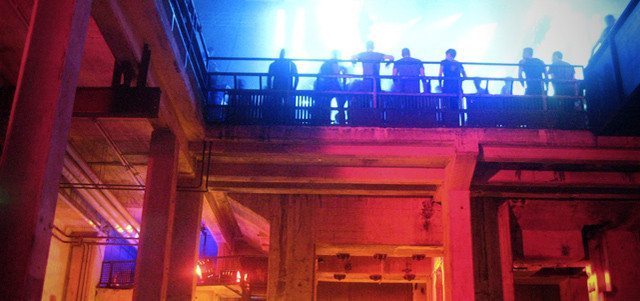
Located in a former power plant, the club’s brutalist architecture is an imposing yet seducing view as flashes of color shine through the windows. The inside is similarly stark, though you would never know this because the club has a strict policy of no photography. There are also no mirrors, VIP service or outrageously priced cocktails. In the spirit of Berlin techno, Berghain is dedicated to its own sound and vibe.
Techno’s story in Berlin is a true testament to the power of dance music. Its sound has become a global force while resisting commercialization, and has been able to unite people across racial, sexual and cultural lines. While Techno’s sound has changed since Detroit and its importation to Berlin, some things haven’t changed. Faced with economic austerity and talks of building new walls, the youth of the world are still dancing, much like they were 25 years ago.
Akhil Kalepu is a producer and DJ from Philadelphia, Pennsylvania. You can check out his work at theinfamousAK.com.


